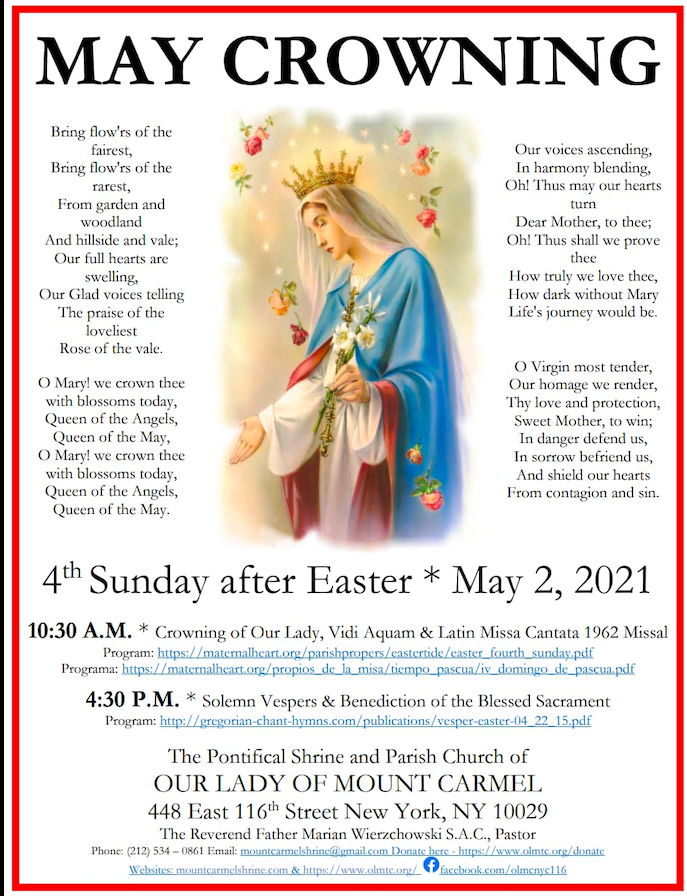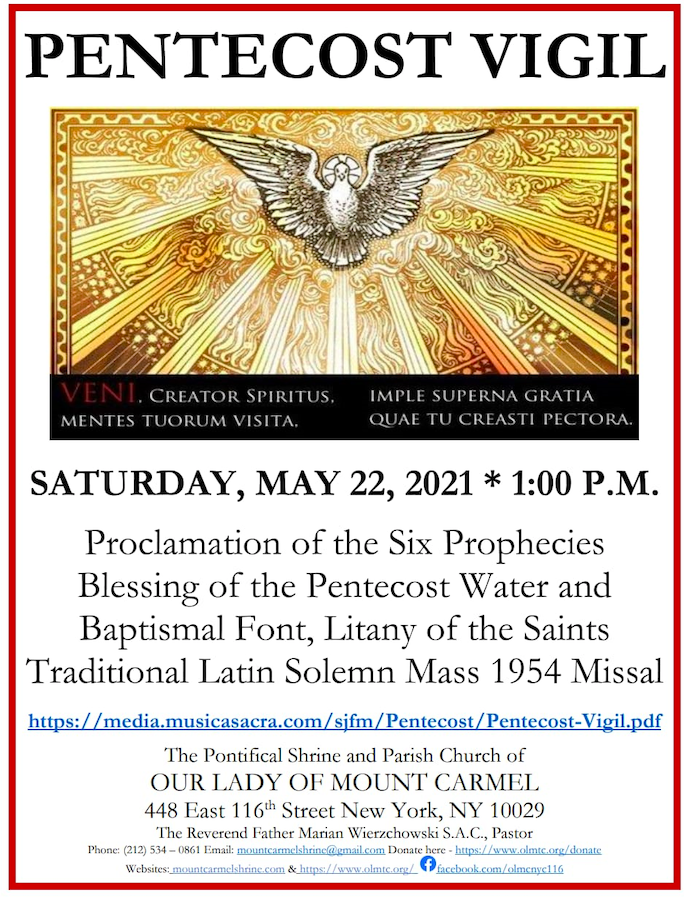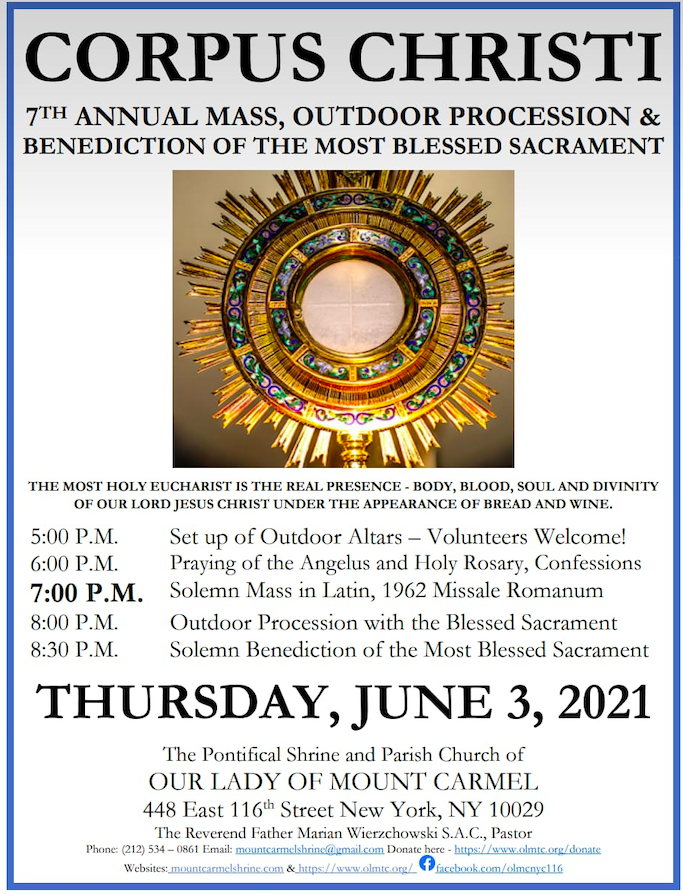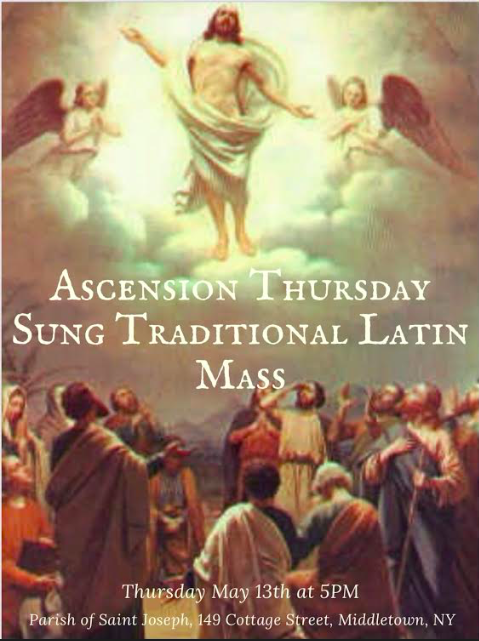
4
May
Ascension Thursday Masses
Posted by Stuart Chessman3
May
By Stefano Chiappalone
A society that is incapable of lyricism can only build edifices that are ascetic. But a letter written by the author of The Little Prince offers a starting point to reawaken that lost spiritual sense from which sprang abbeys and cathedrals in the light of the nexus between music and architecture.
I was eight or nine years old when I had an experience that could be described in that surreal tone of some of the stories written by Gilbert Keith Chesterton (1874-1936). In a small square-shaped room of ascetic whiteness, furnished only with two dark armchairs placed in an ordered way, a gentleman wearing a full cape-like garment was making gestures and movements that indicated solemnity on a small table covered with a tablecloth. These movements and gestures and this gentleman were actually the only recognizable things in that strange place that, with the stubbornness typical of a child, I refused to acknowledge had anything to do with “church.” In fact, I refused to link what I saw with “church.” That was my first and “primordial” encounter with the modern manner of building houses of worship. That clinical frigidity was light years away from the three little angels of stucco who watched over me in the village where I was born, peeking through the clouds of incense on the high altar of that beautiful church. From those days as a little boy, I have never changed my basic ideas about beauty.
From that time—hopefully with greater awareness– I have never stopped asking myself why some churches of recent construction seem incapable of being described as “churches.” Is it a simple passage from one style to another, as has happened in the past? But Romanesque, Gothic and Baroque–including that country Baroque of the small churches in towns and villages—are styles that are diverse, but all share in a sacrality that does not seem to be shared by the “grey new style.” And if we want to trot out the categories of “beautiful” and “ugly,” excluding all of the spins of words with which the commissioners praise “the magnificent and progressive future” of the new style of religious buildings, is it not possible to at least say that these buildings do not respond adequately to that thirst for the sacred, to that desire for that “elsewhere” that allows even the soul of a secular person to step across the threshold of a world that is “other” than the world of the every-day?
In asking this question that will never have a final answer, I found an inspired starting point, a pointer and a beginning of reflection on this question in a letter, dating to July 1943, from the French writer and aviator Antoine de Saint-Exupéry (1900-1944), the author of The Little Prince, who was prematurely lost in a tragic aviation incident. This letter is so important in that it is a sort of testament—a reflection on the present time. Speaking about the hollowness of a generation in which “every lyricism sounds ridiculous and men refuse to be awakened to any sort of a spiritual life,” the author writes 1): “General, there is only one problem in this world. One alone. To restore to men spiritual meaning amidst a time when spiritual yearnings seem to be absent. To shower down on them something that resembles Gregorian chant. If I had faith,” continues Saint-Exupéry, “it is absolutely certain that, after this epoch of ‘work that is necessary and unrewarding,’ I would do nothing else than to let everyone know about Solesmes.” His reference here is to the famous French abbey that in the 19th century became the heart of the rebirth of Gregorian chant.
The wish of Saint-Exupéry and his mention of Solesmes makes me call to mind that deep connection through which “…architecture and music are heralds, intimately connected with each other, of the spiritual expression of their times,” as affirmed by the German thinker Hans Graf Huyn (1930-2011). Huyn then offers a little florilegium on this point, among which is a letter written by Johann Wolfgang von Goethe (1749-1832) in which the latter says: “I found a page among my papers….in which I define architecture as frozen music.”
If architecture arises from spiritual foundations, although these foundations are ultimately invisible, one can understand something about them also in the “soundtrack” of a society. The “white mantle of churches” that was interwoven over medieval Europe was germinated thanks to the showers of Gregorian chant.
In contrast to this, a society that is incapable of lyricism “…is capable of raising large industrial buildings but not of building either a palace or a temple,” a quote from the Colombian aphorist Nicolás Gómez Dávila (1913-1994). And it is improbable that something comparable to vaults and cupolas would arise when sounds of nature and liturgical hymns (that is to say, that which contributes to the contemplative dimension of a society) are suffocated by the drumbeats of artificial noise and the rhythms of a world where reality is defined by staring at images on an electronic screen. It just so happens that this “crisis” of modern buildings meant for worship goes hand in hand with the abandonment in practice of great sacred music. During liturgical celebrations there rarely “showers down” on men “something that resembles Gregorian chant” or polyphony or what in general allows something of heaven to shine forth. What predominates are tunes from a wide diversity of sources, little ditties often strummed, pale imitations of pop music—all this that a professional musician like Riccardo Muti does not hesitate to call “strumming along in church.”
If architecture is “frozen music,” one cannot forget that the marble and stone of the splendid times in the past were kneaded with many Kyries, Glorias and antiphons that resonated in those places. But, looking at our own time, what cathedral can ever rise on the notes of the infamously well-known “Alleluia of the light bulbs”? 2)
A translation by Fr. Richard Cipolla of Su quali note sorgono le chiese moderne? By Stefano Chiappalone in Alleanza Cattolica 04/21/2021 (3)
- In a letter addressed to a General “X.”
- Alleluia delle Lampadine
- SOURCE
3
May
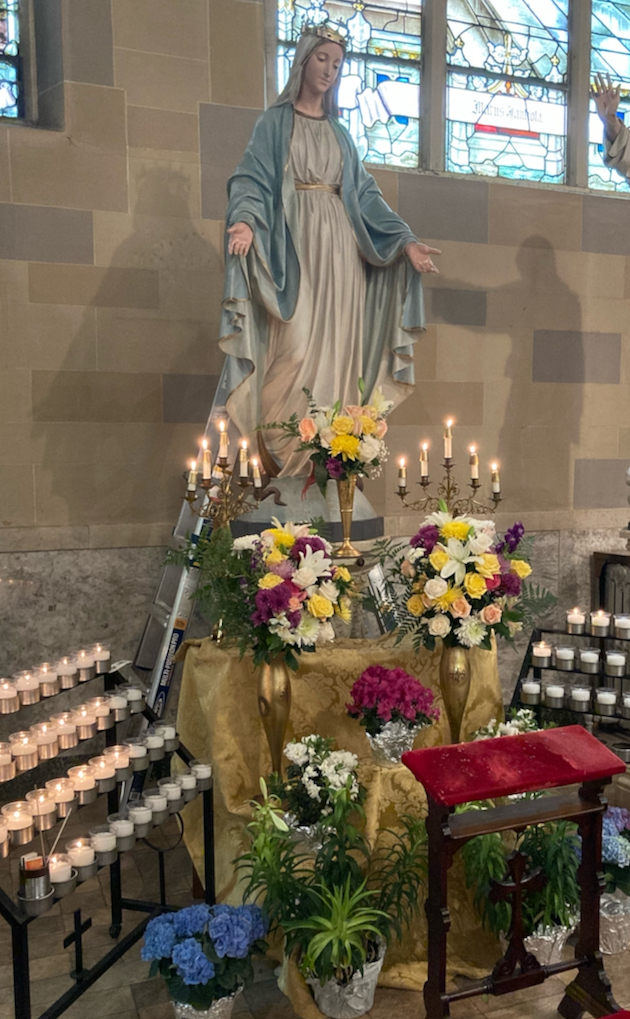
A beautiful shrine honoring Our Lady at the Oratory of Sts. Cyril and Methodius in Bridgeport, CT. The statue was crowned yesterday before the 10:15 Mass.
1
May

Fr. Richard Cipolla was the celebrant today of the Solemn Mass at St. Roch Church in Greenwich, CT. Fr. Carl McIntosh, the pastor of St Roch’s was the deacon and Mr. William Riccio was the subdeacon.
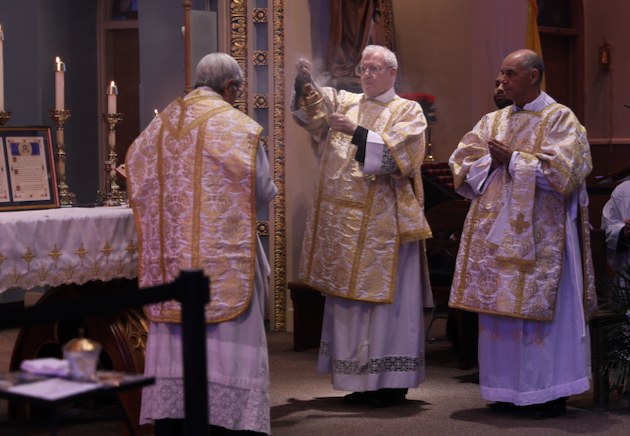



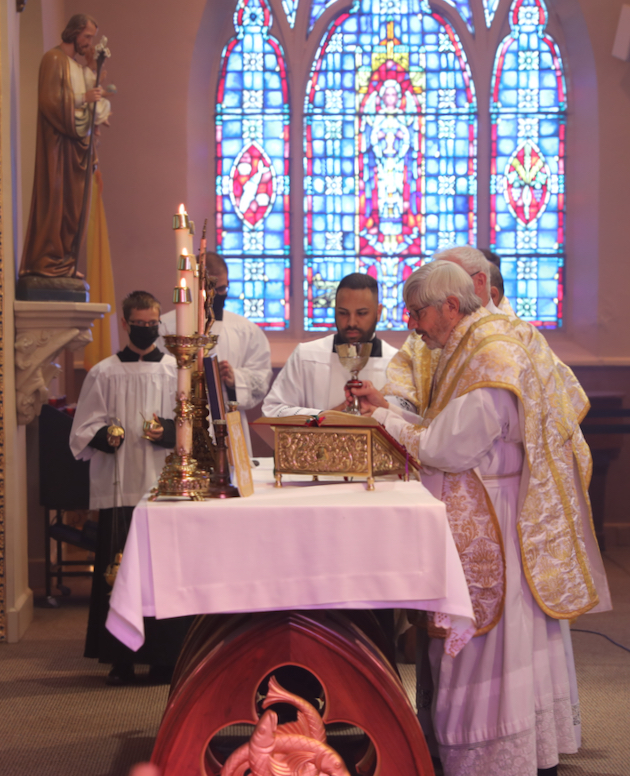

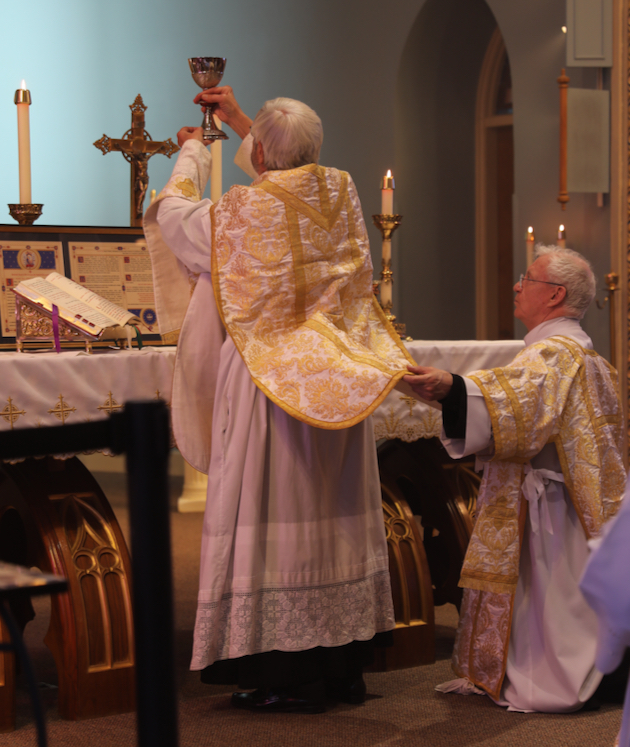

1
May
Ablutions in the Mass
Posted by Stuart ChessmanTLM Ablutions
By Father Donald Kloster
This article has been ruminating in my head for a few months now. Since the first week of March 2020, the virus has made the whole world a bit unreasonable. This past January 2021, I sat next to an epidemiologist during a dinner and we talked for about 45 minutes. He profusely complimented the Church and her wisdom of the ablutions before the faithful receive Holy Communion.
I’ve been working in hospitals and nursing homes as a Catholic priest or a seminarian for over 28 years now. I was a VA chaplain for 8 years in two VA hospitals in Texas. I was also full time at the trauma hospital in San Antonio, Texas as well as an emergency on call Catholic chaplain in several hospitals in San Antonio for 5 years. All told, I’ve visited patients in 21 different hospitals (2 countries and 5 states). I’ve also visited patients in 24 different nursing homes (3 countries and 4 states).
At no time before March 1, 2020 had I ever seen PPE (personal protection equipment) used against a virus. I do remember having to wear PPE at my time in the VA (2003-2011) against infectious bacteria and diseases. I also had to do it, on occasion, at several other hospitals. One had to wear the PPE in certain rooms. BUT, when you exited the room everything was thrown away including the mask, gloves, and gown. At no time did we ever wear the same PPE around more than one patient in more than one room. That was the protocol and still should be.
The big problem was that the veterans under precautions were allowed to leave their rooms, get on the elevator, and go outside for a smoke! That didn’t resonate with me then and that is why I suspect of all of the restrictions inflicted upon us now.
The Church has dealt with real plagues for almost 2 millennia now. Give or take a few years, plagues have come upon our populations in various places across the globe about every 50 years. Some were baby plagues and others wiped out significant percentages of our fellow man. Let us remember that the Spanish Flu killed 2% of the USA population from 1918-1920. Today, that would be about 6.6 million or 3.3 million USA deaths for 2 years. The Plague of Justinian (541-549) killed 25% of the world’s population or would be today’s equivalent of 10.3 million USA deaths every year for 8 years. The Black Death (1346-1353) killed 33% of the world’s population or would be today’s equivalent of 15.6 million USA deaths every year for 7 years.
In the Traditional Latin Mass, there are three required ablutions. The first ablution is with water in the sacristy before a priest vests. He prays, “Give virtue to my hands, O Lord, that being cleansed of all stain I might serve you with purity of mind and body.” The second ablution with water takes place at the offertory. “I will wash my hands among the innocent and will compass Thine altar, O Lord.” The third ablution is at the end of Holy Mass and uses wine (an antiseptic) as well as water over the fingers. “May Thy Body, O Lord, which I have received and Thy Blood which I have drunk cleave to my inmost parts.”
Before and during much of the Middle Ages, the faithful did not receive Holy Communion during Mass. Because of that historical fact, the wine ablutions would have ensured a type of quasi sterile hands of the priest when the faithful received the Blessed Sacrament. Then too, communion on the tongue was always largely the universal norm. As a priest of over 25 years, I can tell you that a priest inadvertently touches a lot of hands during Holy Communion in the hand while the faithful stand and almost never touches a tongue during Holy Communion on the tongue at the altar rail. The hands are a moving target and the tongue is a stationary one. Plus, how many things do people lick before receiving Holy Communion as opposed to how many things they have touched before receiving Holy Communion? Ah, the Church and her perennial wisdom!
In the Plague of 1576-1578 (it killed 5% of Milan in the first few months or would have killed the equivalent of 500,000 of present day New York City residents), which ravaged much of Northern Italy, St. Charles Borromeo often said Holy Mass on the steps of the Milan Cathedral (Duomo di Milano) and the people assisted at their windows or in the square at some distance from the portable altar. He did not cower in his Bishop’s palace. After Mass, he brought the sacraments into the people’s homes!
Since March, I have heard of many diligent priests giving the sacraments even to the Covid infected. This virus is not as bad as it has been presented. I would even argue that deaths from other categories are being coopted into the Covid death count thus propping up the numbers. The CDC admitted in late August 2020 that only about 6% (about 31,800 deaths in almost 12 months as of today 1 March 2021, which is the bottom end of a flu season) of the reported deaths were due to Covid alone. Most people do not know that in recent years, around 2.8 million USA residents die of all causes every single year. As long as that number stays constant relative to the yearly population increase (2019 population was 328 million and 2020 was 331 million), there is no reason for inordinate concern. The United Nations tracks the USA with a .08% average age of death increase for the past two years and predicts that will happen again in 2021 for the third year in a row. So, the average age of death in the USA for 2019 was 78.87. In 2020, it was 78.93. In 2021, they predict 78.99. Covid is not moving the death needle!
St. Charles Borromeo is quoted as saying, “I will do my duty to the utmost.” He also said, “Do not prefer a late death to a holy one.” Holy Mother Church has been a consistent practitioner in step with the science of the day. Her liturgy points us toward heaven and protects us against even earthly maladies.
Fr. Kloster
Diocese of Bridgeport
29
Apr
Traditional Latin Masses in Northern Fairfield County:
St. Joseph Church, Danbury, Sundays, 11:30 pm and Fridays at 6 pm with adoration and confession. Please note: this Friday, Apr. 30 there will be no traditional Mass or adoration due to a scheduling conflict.
St. Marguerite Church, Brookfield, Sundays, 12:30 pm.
29
Apr
28
Apr
St Patrick’s Church in Glen Cove (Long Island) now has low Mass at 7pm every Wednesday, followed by a silent Holy Hour, and confessions from 7pm to 8:30.
28
Apr

This Saturday, May 1, there will be a Solemn Mass at St. Roch church in Greenwich, CT at 8 am. Fr. Richard Cipolla will be the celebrant; Fr. Carl McIntosh the deacon and Mr. William Riccio, subdeacon.
(A Missa Cantata is on the schedule at St. Roch’s every Saturday at 8 am.)
Contact us
Register
- Registration is easy: send an e-mail to contact@sthughofcluny.org.
In addition to your e-mail address, you
may include your mailing addresss
and telephone number. We will add you
to the Society's contact list.
Search
Categories
- 2011 Conference on Summorum Pontifcum (5)
- Book Reviews (95)
- Catholic Traditionalism in the United States (24)
- Chartres pIlgrimage (17)
- Essays (176)
- Events (670)
- Film Review (7)
- Making all Things New (44)
- Martin Mosebach (34)
- Masses (1,343)
- Mr. Screwtape (46)
- Obituaries (15)
- On the Trail of the Holy Roman Empire (22)
- Photos (347)
- Pilgrimage Summorum Pontificum 2021 (7)
- Pilgrimage Summorum Pontificum 2022 (6)
- Pilgrimage Summorum Pontificum 2023 (4)
- Sermons (79)
- St. Mary's Holy Week 2019 (10)
- St. Mary's Holy Week 2022 (7)
- St. Mary's Holy Week 2023 (7)
- St. Mary's Holy Week 2024 (6)
- Summorum Pontificum Pilgrimage 2024 (2)
- Summorum Pontificum Pilgrimage 2025 (7)
- The Churches of New York (198)
- Traditionis Custodes (49)
- Uncategorized (1,373)
- Website Highlights (15)
Churches of New York
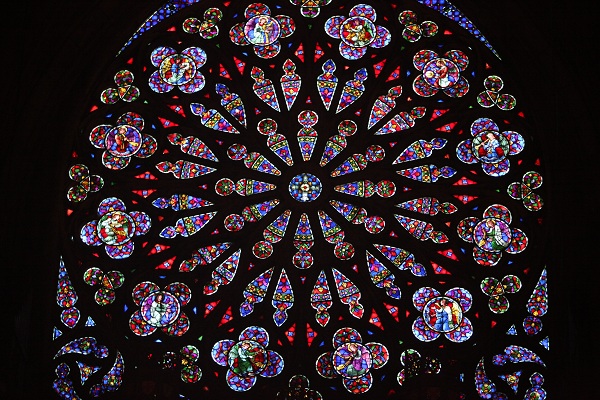
Holy Roman Empire

Website Highlights
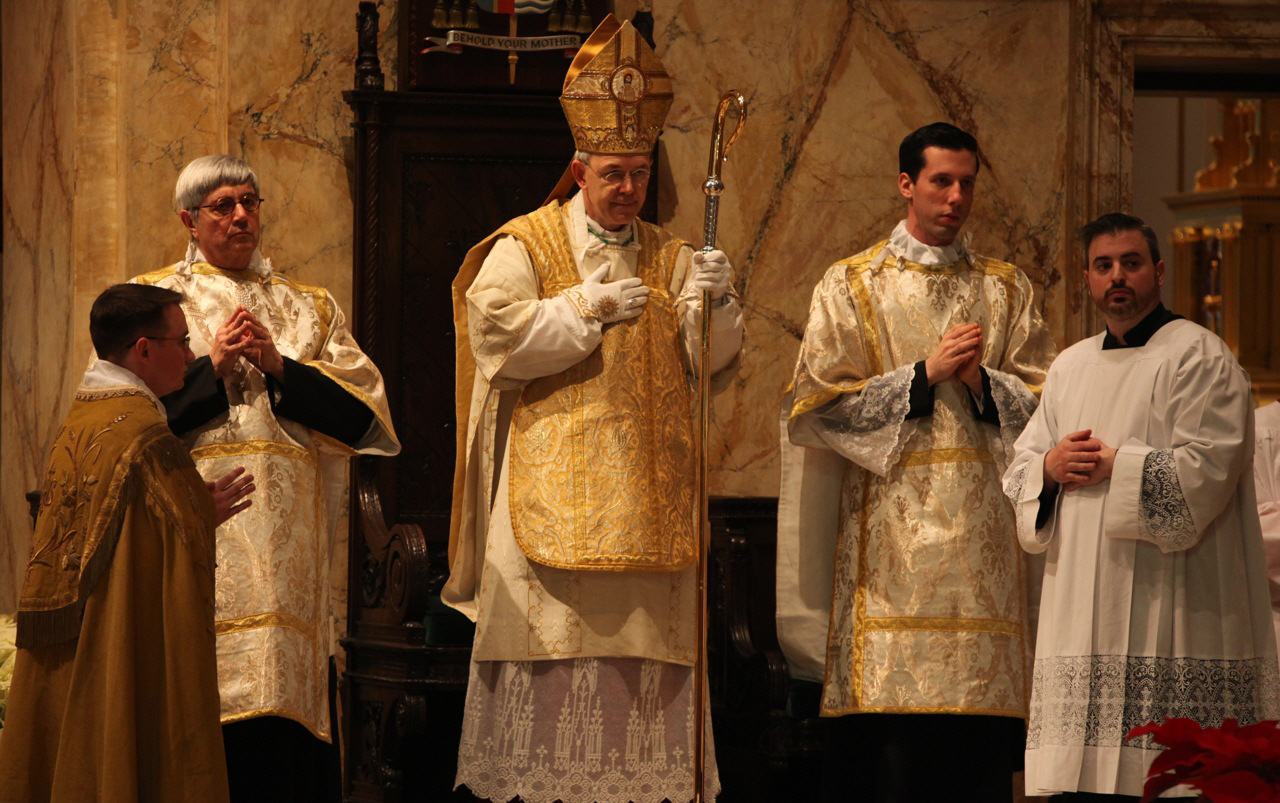
Archives

[powr-hit-counter label="2775648"]

